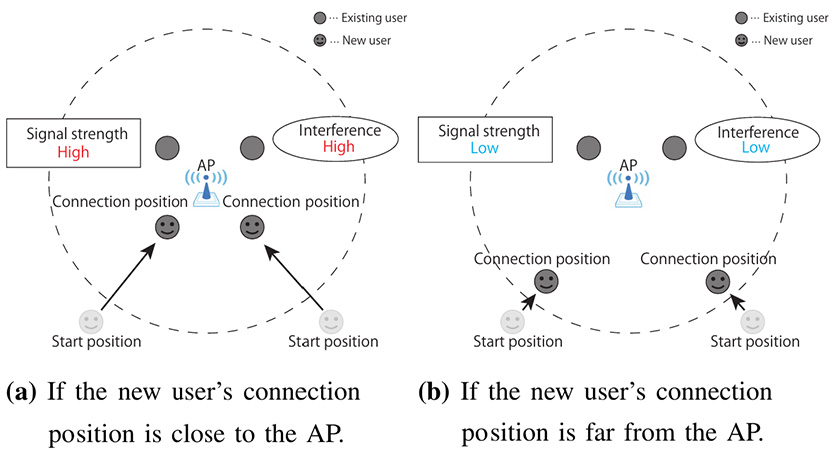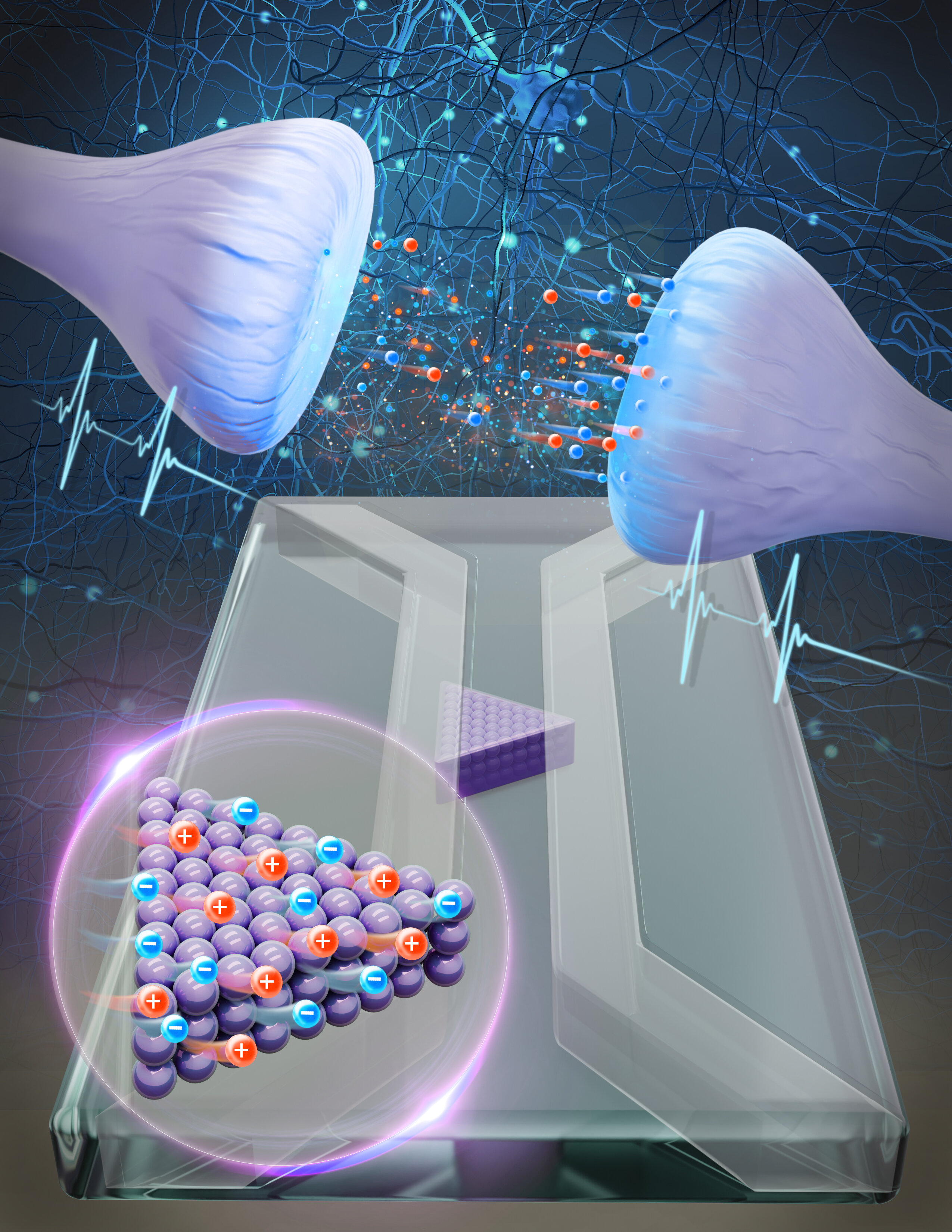
What termites and cells have in common
Nature is full of fascinating patterns. Plants show beautiful spiral growth, regularly arranged leaves and petals, animals impress us with their striped and dotted furs and social insects build complex nest structures. These almost perfectly arranged patterns seem to arise without a blue print, like the emergence of cellular shapes during embryonic development called morphogenesis. A team of interdisciplinary researchers led by Philippe Bastiaens, director at the Max-Planck-Institute of Molecular Physiology in Dortmund, has created a life-like proto-cell energized by chemical potential, which is capable of translating external signals into shape changes in dependence on its own self-organized morphology. With this, the team has revealed how the collective dynamics of nanometer-sized macromolecules self-organize into micrometer patterns that affect the cellular perception of shape-changing extracellular cues in our own cells. This interdependence between shape and information processing that is mediated by the deformable plasma membrane is a fundamental feature of living cells and enables them to respond to an ever changing environment in dependence on their prior experience.
Seemingly headless, thousands of termites crawl over the ground carrying and dropping sand grains. And although the termites do not have a construction plan, a regular pattern of sand pillars emerges as if from nowhere. In this termite-sand system the termites provide the energy to restructure the sand into a living, dynamic building that is in continuous coupling with an ever changing environment.
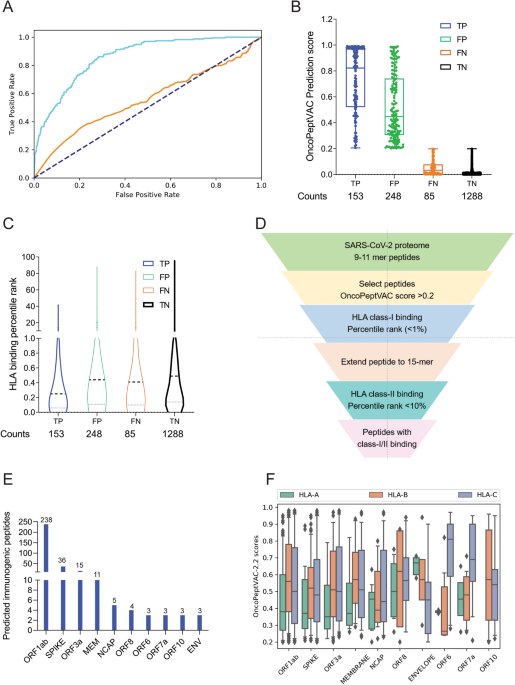


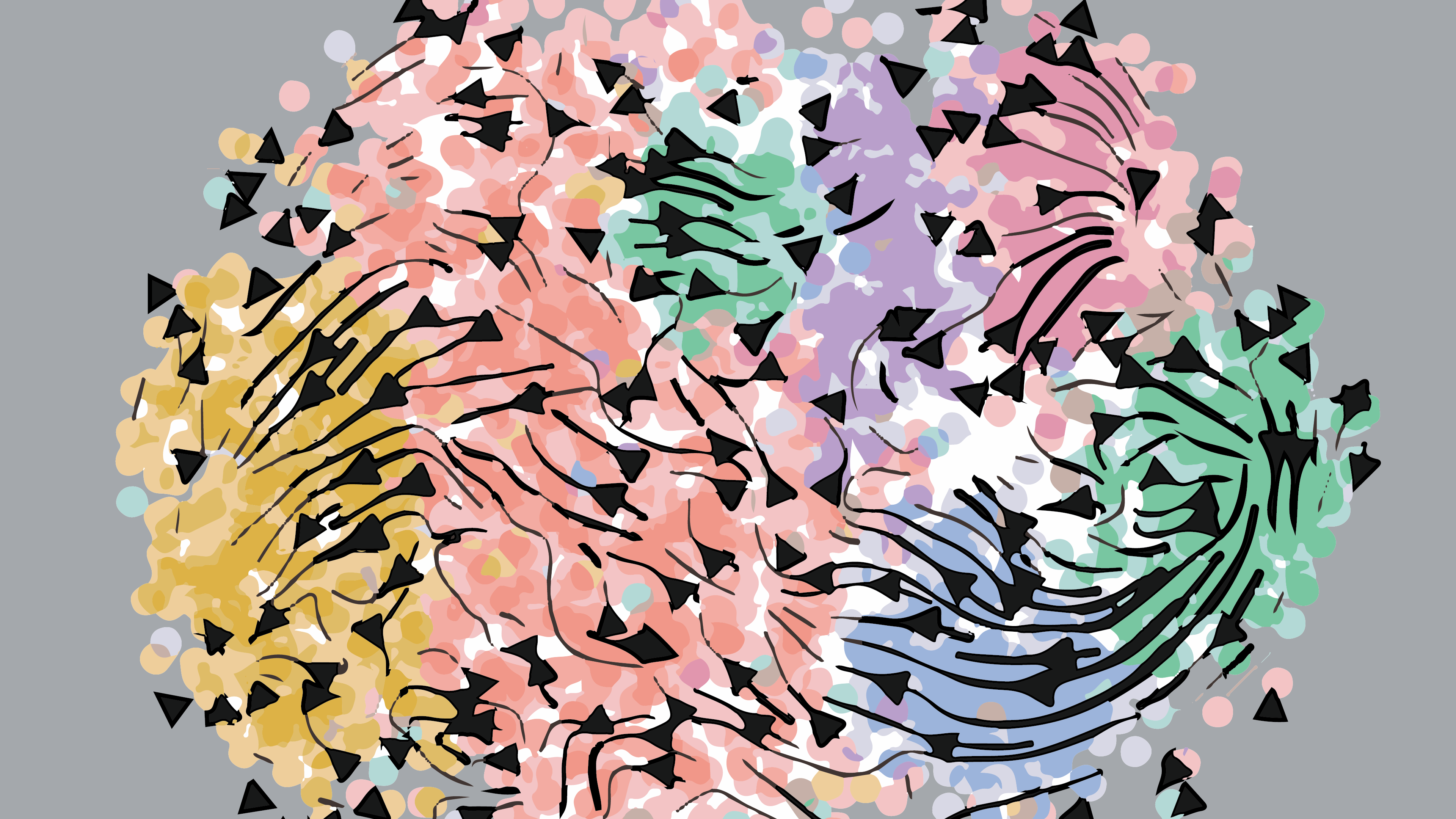
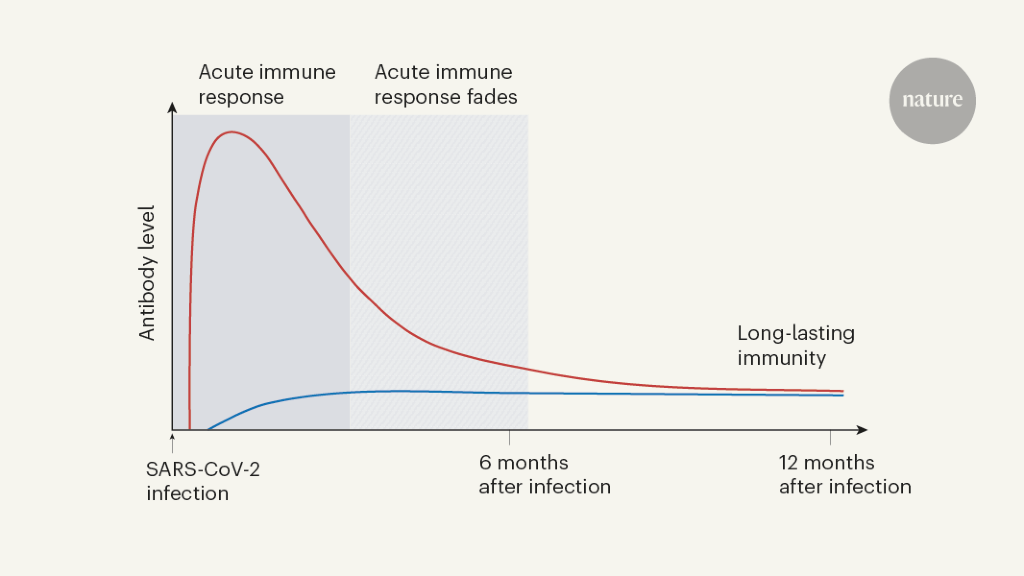
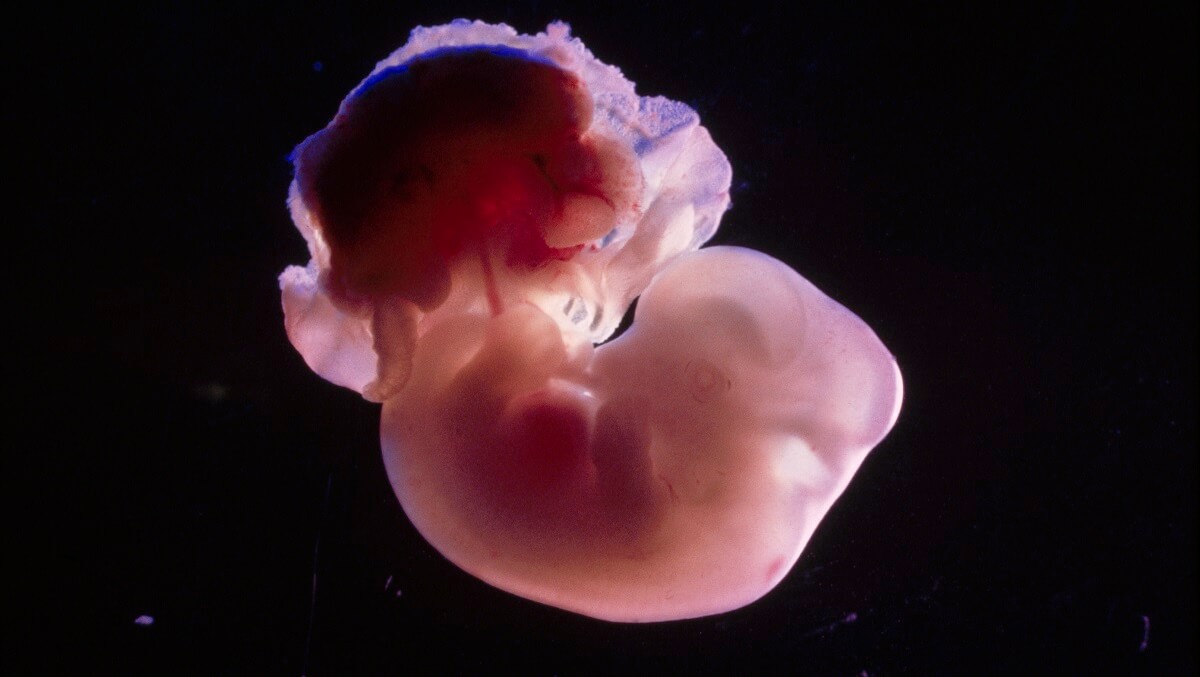




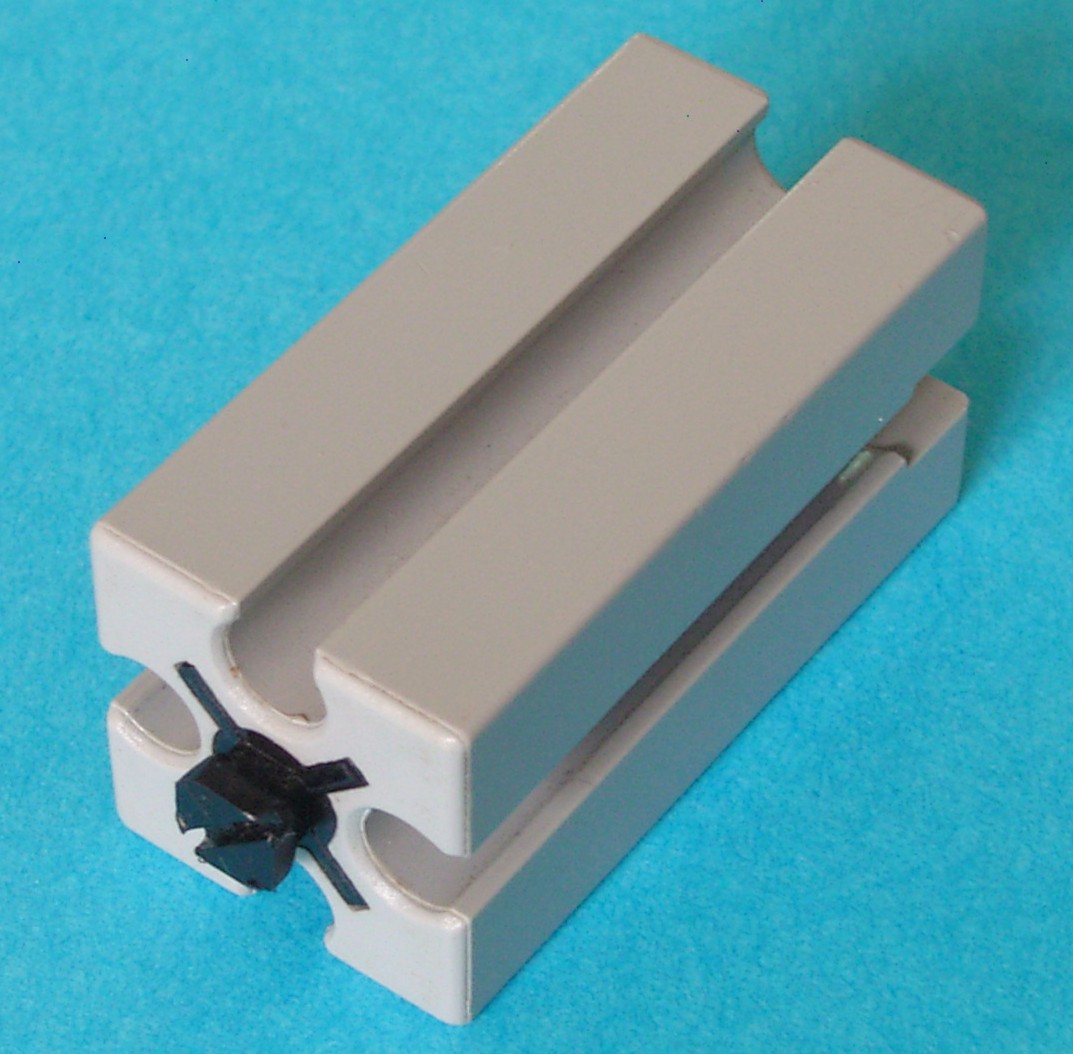



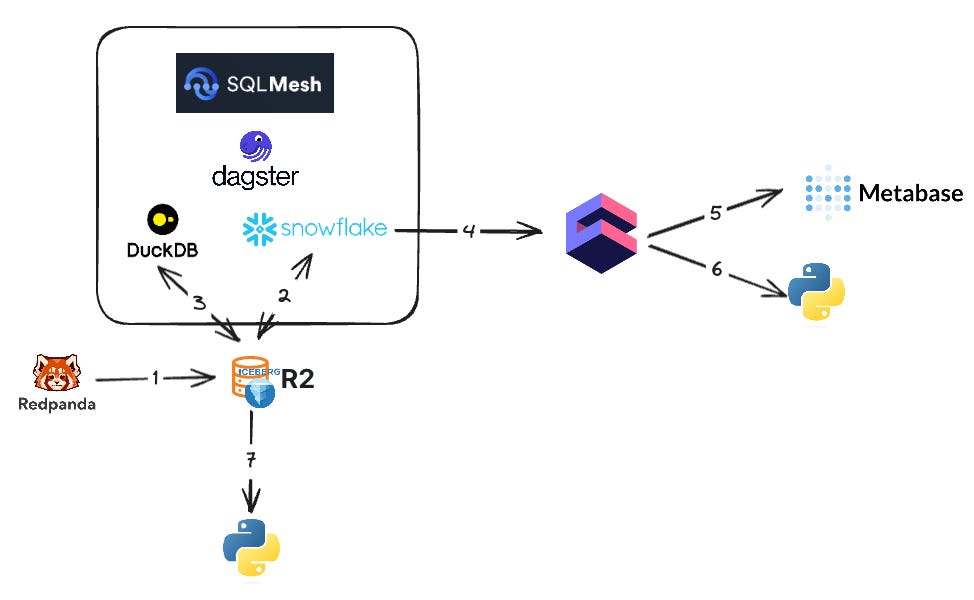
/cdn.vox-cdn.com/uploads/chorus_asset/file/24016888/STK093_Google_01.jpg)

